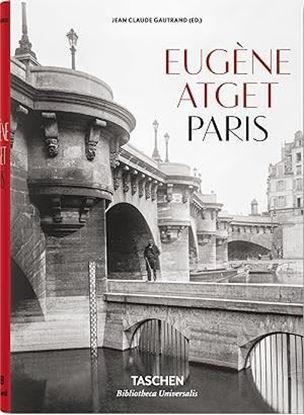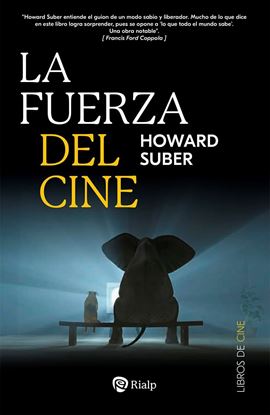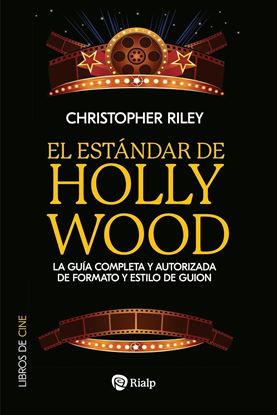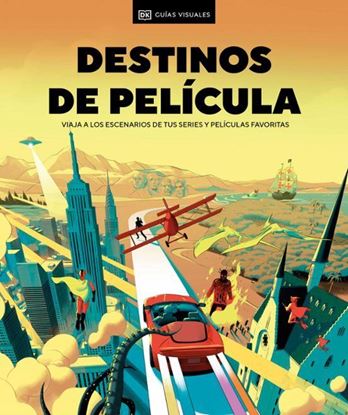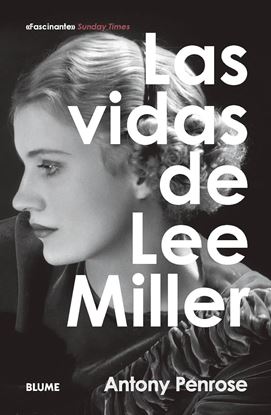

EUGENE ATGET, PARIS (BU) (INT)
A flâneur and photographer at once, Eugène Atget (1857–1927) was obsessed with walking the streets. After trying his hand at painting and acting, the native of Libourne turned to photography and moved to Paris. He supplied studies for painters, architects, and stage designers, but became enraptured by what he called “documents” of the city and its environs. His scenes rarely included people, but rather the architecture, landscape, and artifacts that made up the societal and cultural stage.
1,650
JANIS JOPLIN
Janis Joplin ha pasado a la historia como un alma impulsiva y apasionada, un ser con un destino sentenciado por el dolor que generaba una de las voces más extraordinarias que ha dado la historia del rock.
La célebre autora y biógrafa Holly George-Warren fue elegida expresamente por el Janis Joplin Estate para escribir el libro definitivo sobre su vida y su música, un complejo retrato revelador y profundo de una artista extraordinaria. Así, los hermanos de Joplin, Laura y Michael Joplin, proporcionaron a George-Warren acceso exclusivo y privilegiado a miles de archivos, documentos, incluidas transcripciones, correspondencias, fotografías, entrevistas perdidas y recuerdos, así como el acceso directo a la familia, compañeros de banda y amigos de la cantante.
1,650
LA FUERZA DEL CINE
Uno de los profesores de cine con más prestigio en Estados Unidos ofrece el curso definitivo de la A a la Z sobre las complejidades del cine. A petición de sus alumnos, el autor condensa en pocas líneas y de modo gráfico sus mejores clases, que han inspirado a numerosas generaciones de grandes cineastas y escritores de Hollywood.
Examina los patrones que convierten las películas en populares y memorables, y logra un libro útil tanto para quienes hacen películas como para los que solo pretenden entenderlas mejor.
1,600
EL ESTANDAR DE HOLLYWOOD
Pensado para que el guionista lo tenga siempre a mano, El estándar de Hollywood proporciona mucho más que el mejor software de guiones: instrucciones claras y cientos de ejemplos para resolver todo interrogante sobre el formato: cuándo es apropiado un nuevo encabezamiento de plano y cuándo no; cómo dar formato a los encabezamientos de plano, diálogos, indicaciones de dirección y transiciones; cómo controlar el ritmo con el formato; cómo hacer que una página de guion resulte visualmente atractiva para el lector; qué poner en mayúsculas y por qué; cómo entrar y salir de una toma PDV; cómo manejar los mensajes de texto y las reuniones Zoom; cómo los guionistas más innovadores de Hollywood están ampliando los límites del formato; cómo el formato para animación difiere de los formatos de acción real... En pocas palabras, Riley sabe más que nadie en Hollywood sobre el formato de guiones y lo comparte todo en esta guía indispensable.
1,600
DESTINOS DE PELICULA
Descubre los escenarios reales de las películas y series más famosas
¿Alguna vez te has preguntado dónde se ha rodado tu película o serie preferida? En este libro lleno de mapas y datos curiosos encontrarás la respuesta que todo cinefilo busca.
Destinos de película muestra las localizaciones reales de algunas de las mejores películas y series de televisión de todos los tiempos. Descubre que desiertos sustituyen a lejanos planetas, que pueblos se convierten en verdaderas pesadillas y en que rascacielos luchan los superheroes.
Conoce dónde se rodaron Batman, Juego de tronos, Harry Potter, Indiana Jones, Parque Jurásico, Dune, Breaking Bad, Star Wars, El Seños de los Anillos y muchas más películas y series.
La guía definitiva para todos los amantes de la pantalla.
1,600
VIDAS DE LEE MILLER
Mujer de gran belleza y personalidad cautivadora, y fotógrafa excepcional, Lee Miller fue, por encima de todo, una aventurera.
En los años veinte, fue chica de portada de Vogue en Nueva York. Lo dejó todo para abrazar París, la fotografía y el surrealismo. Y no fue su última mutación dramática: se reinventó como corresponsal de guerra y llegó a documentar la liberación de Dachau.
Estas son solo tres de las muchas vidas de Lee Miller narradas por su hijo, Antony Penrose. Este íntimo relato ofrece una selección de sus mejores fotografías y reportajes, así como retratos de sus amigos Picasso, Tanning y Ernst. Penrose rinde homenaje a su madre revelando por fin a la mujer de talento extraordinario que fue en los turbulentos tiempos que le tocó vivir.
1,600


